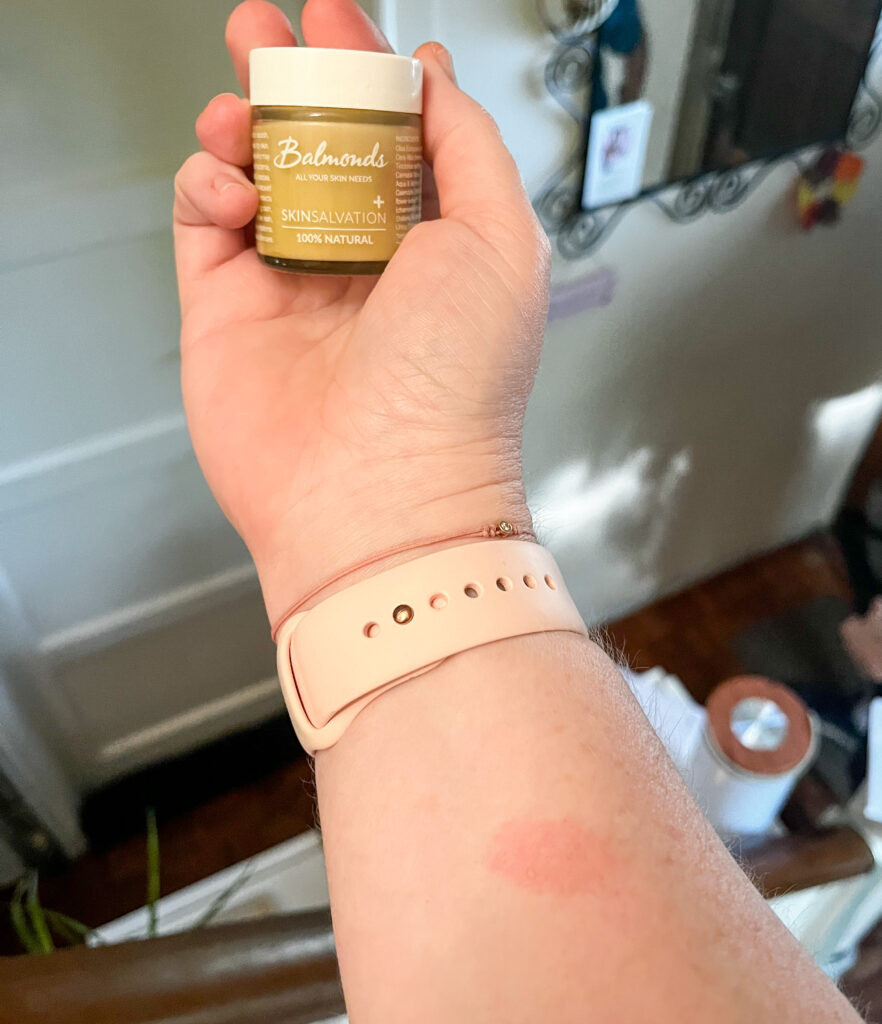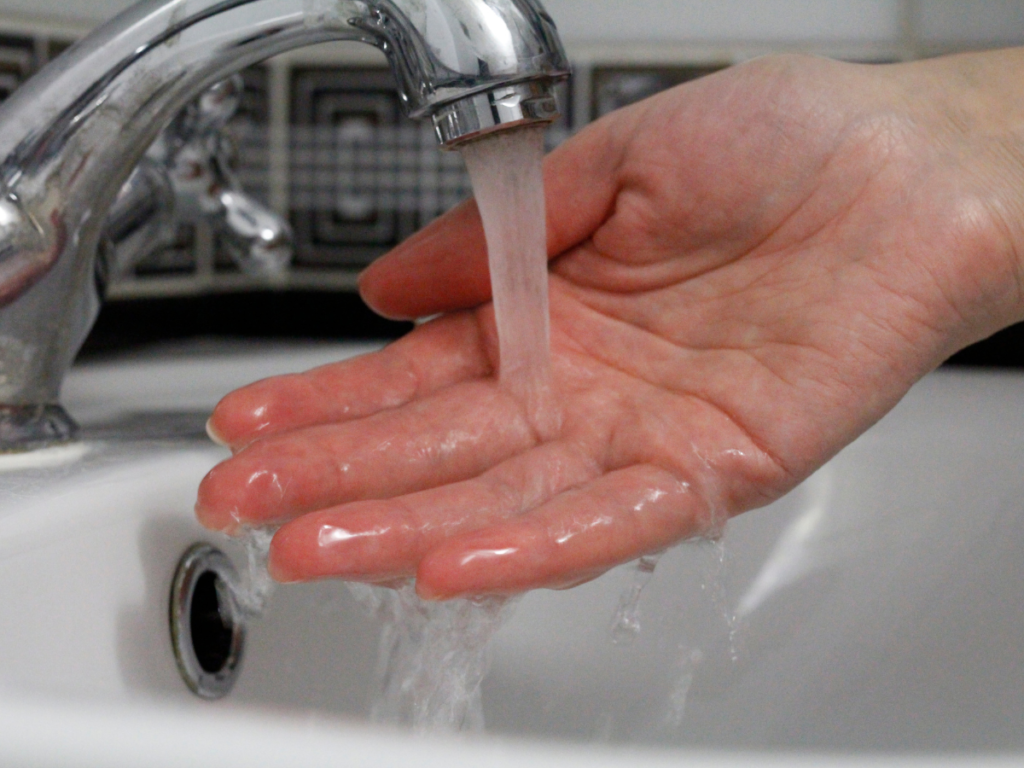Small burns can be safely dealt with at home, if you have the right medical kit and keep a cool head. I cook. For larger groups of people, occasionally for smaller events and also it’s my love language and gift to people. I am generally very careful but occasionally I slip up and burn myself.
*This post may contain affiliate links, which earn me a small amount of revenue if you click on the link and make a purchase. They are marked with *AF for your reference*
My personal rules for dealing with a small burn are:
- under cold running water for as long as possible.
- if it’s bigger than the inside circle you can make with your thumb and finger it may need medical attention. If you can, cover it in clean cling film and get it looked at asap.
- keep it clean and dry.
- I use a burn gel (*AF) if I’m working and a clean dressing if needed, you can buy these over the counter. You can also use Aloe vera gel too.
- as it starts to heal I like to let it get fresh air and ditch the dressing and I use a healing ointment. Balmonds Skin Salvation is brilliant for soothing and healing.
This usually does the trick.
For example, this burn is me versus an oven hot grate, as I removed a pan of food from the oven. I caught my arm, and realise I had a small burn. I treated it and used Balmonds Skin Salvation, and it healed and it didn’t leave a scar.

We also have some professional advice on dealing with a burn, because as an ex nurse, I feel confident managing small burns on my own skin, not everyone will be and your burn may need medical attention rather than treating it at home yourself.
Dealing with a small burn, whether it’s from hot water, a cooking mishap, or a minor accident, requires immediate attention to minimize pain and prevent infection. Here are some steps to effectively handle a small burn:

- Assess the Burn: Determine the severity of the burn. Burns are typically classified into three categories: first-degree (superficial), second-degree (partial-thickness), and third-degree (full-thickness). A small burn is usually a first-degree burn, involving only the top layer of skin.
- Cool the Burn: Immediately rinse the burned area with cool (not cold) running water for 10-15 minutes. Avoid using ice or very cold water, as extreme temperatures can damage the skin further.
- Remove Tight Items: If the burn is on an extremity, such as a finger or wrist, carefully remove any jewelry or tight clothing near the burn site before it swells.
- Protect the Burn: Gently pat the area dry with a clean, sterile cloth or gauze. Do not rub the burn, as this can irritate the skin.
- Apply a Burn Ointment or Cream: Over-the-counter burn ointments like aloe vera gel or hydrocortisone cream can soothe the burn and promote healing. Apply a thin layer to the affected area.
- Cover the Burn: Use a sterile, non-stick dressing or a clean, dry cloth to cover the burn. This helps prevent infection and keeps the area clean.
- Pain Management: Over-the-counter pain relievers, such as ibuprofen or acetaminophen, can help reduce pain and inflammation. Follow the dosing instructions on the label.
- Keep it Clean: Keep the burn clean and dry. Change dressings if they become soiled or wet. Be cautious not to burst any blisters that may form, as they act as a protective barrier.
- Watch for Infection: Keep an eye on the burn for signs of infection, such as increased redness, swelling, pus, or worsening pain. If you suspect an infection, consult a healthcare professional.
- Seek Medical Attention if Necessary: If the burn is large, deep, covers a joint or sensitive area, or if it shows signs of infection, seek medical attention promptly. Third-degree burns always require immediate medical care.
Remember, small burns can still be painful and may take time to heal completely. If you have any doubts about how to handle a burn or if it doesn’t seem to be improving, consult a healthcare professional for guidance and appropriate treatment.
As a parent, I also find the Red Cross First Aid App really useful, why not have a look at how handy it can be if you work with or have children, for immediate first aid help at home.